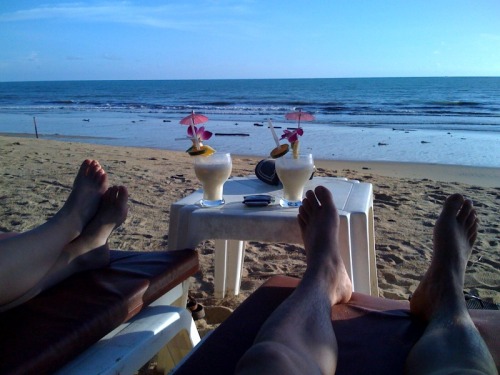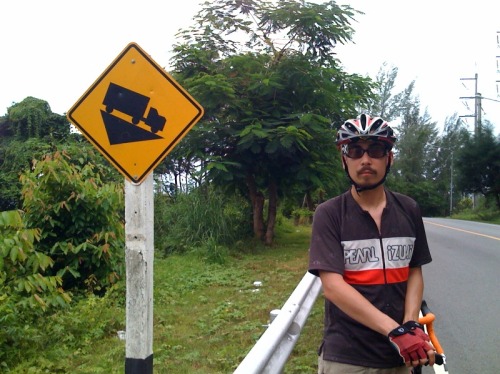Life has been wonderful and busy. As a hobby I’ve recently gotten into physical computing, and now properly armed with an Arduino board and a pile of spare parts from Sparkfun and Radio Shack alike I’ve started kinda hacking electronics and building junk. So far I’ve got nothing impressive to show for my efforts, but I’ve been learning a lot about circuits and resistors and transistors and I find myself uttering things that I never in my life thought I would say. Like, “These 1/6 watt 330 ohm resistors are absolute pussies when it comes to waterboarding. I mean breadboarding.”
But see, here’s the thing. Recently I’ve taken an interest into analog interactions, those things in the physical world that you interact with every day. You know, switches and knobs and dials and levers and the like. Or at least, that you used to interact with everyday, until someone got it in their head that everything needs to be a touch-sensitive computer screen interactive kiosk management database-backed networked system utility Ronald Reagan.
Now, I like touch screens as much as the next guy, but as humans, as physical beings that live in a physical, tangible world, I feel that touch screens are pedantic and insulting to the sophisticated sense of touch that we have developed over millennia. Thus, I’ve grown interested in 19th and early 20th century interactions, from slot machines to cash registers to antique cameras, in order to develop a interaction vocabulary that is more rich, nuanced and tactile than the ones we are currently using.
Yes, I’m looking backward to help us see forward. As the wise James Lileks recently said, “You might want to take a look into that big storehouse we call THE PAST, because it’s full of interesting, useful items.” Indeed, I’m curious about ways to take these old “analog” interactions and apply them to modern digital systems in such a way that the digital experience all but evaporates. All that remains on your interface, your beautiful hardwood interface, is levers, knobs, switches, perhaps a rotary dial. Indeed, the user would be “interacting” with a database-backed networked system, but all they would “experience” would be the physical controls and physical readouts. Like the Wooden Mirror for instance, which is backed by a digital computing mechanism, even though the computer does not constitute the experiential qualities of the interaction.
So that’s what I’m investigating, and that’s why I’m suddenly so interested in Arduino. It’s by far the easiest system available for getting started in physical computing. I can plug in a series of LEDs and push buttons, and in no time at all write a tiny script that tells a microcontroller how to interact with these input and output mechanisms. It’s cool stuff, and it gets me thinking of interactive systems beyond the conventional screen, keyboard and mouse paradigm.
Over the weekend I took a long jaunt through Noe Valley, up Twin Peaks and then down into Dolores. I ducked into an antique store to help jog my inspiration, and soon discovered that nothing in the store cost less than $3,000. There was a painting on the wall priced at $80,000. I took shallow breaths, lest my foul proletariat breath peel the varnishes from the $7,000 end tables.
On my way out I struck up a conversation with Isak Lindenauer, the curator of this fine antique store, and we proceeded to have an hour-long conversation about unconventional turn-of-the-century lamp controls that he has encountered in his profession. He mentioned a lamp switch, put out by the Wirt company in 1906, that featured not one, but two pull-chains, that one could use to adjust the brightness of the bulb. A hundred-year-old dimmer switch. Brilliant.
On Sunday I went on a 20-mile bike ride, headed south and then west past Stern Grove and Lake Merced, and taking the Ocean Highway north back to more familiar territory. I stopped at a coffee shop and struck up a conversation with an old-timer, on account of my “I’ve Been To Duluth” shirt. He was fascinated by the incredible innovation of mechanical engineers during the 19th century, and so our conversation covered the wide expanse of steam engines and books of pressure calculations. Once again the topic of interactivity came up, and we discussed railroad circuitry and analog computing machines and other technologies that seemed to come before their time.
I’m no expert on these matters, but I believe that when two random encounters in rapid succession both lead to invigorating conversations about a subject that you were already jamming on, that this is indicative that you are, dare we say, onto something.













